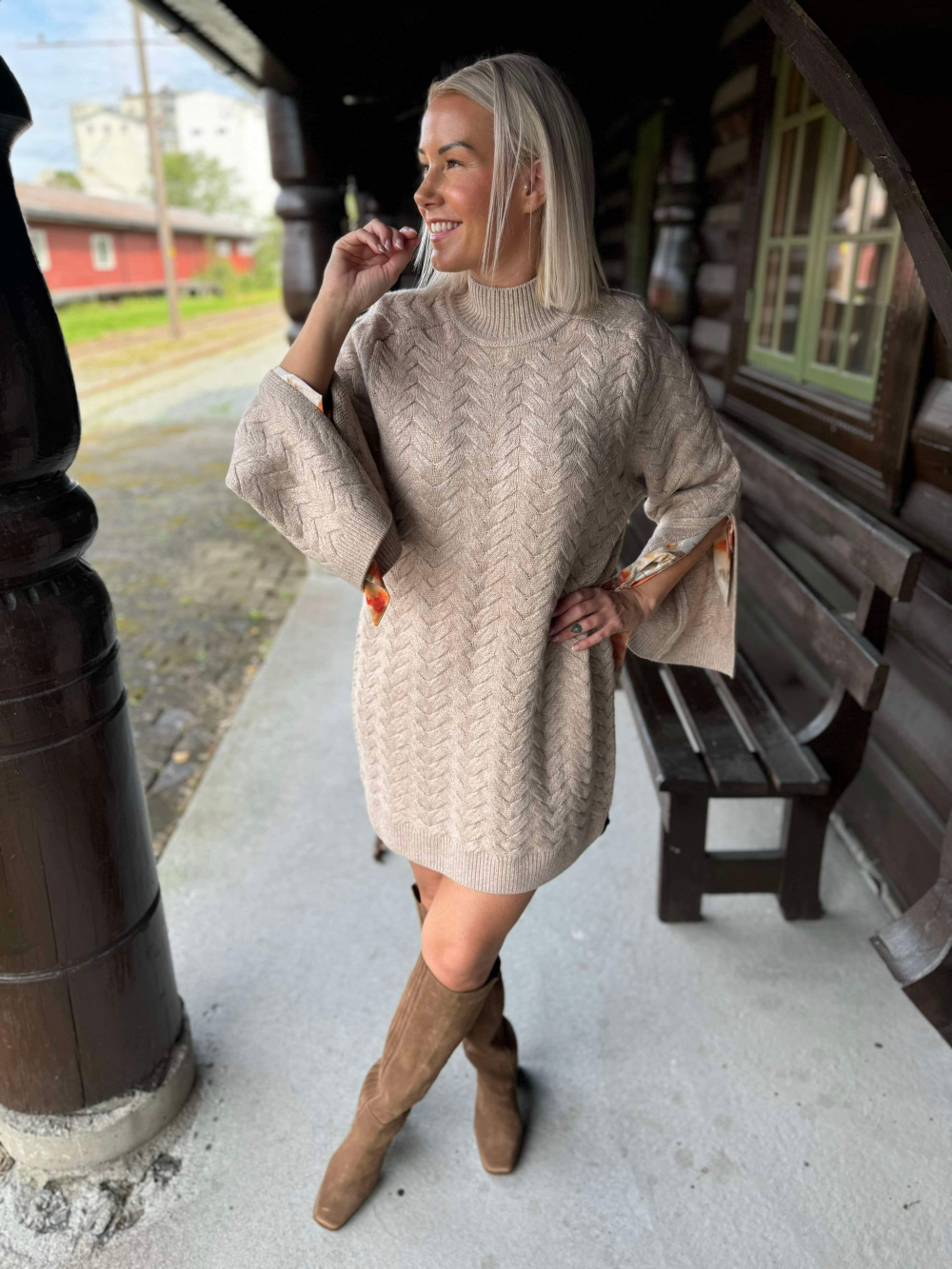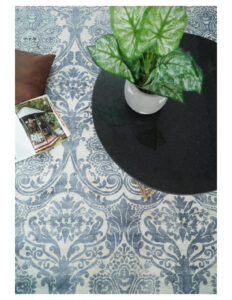Is Wool Better Than Satin for a Dress?

Introduction
Fabric compatibility is crucial in fashion and sewing, as it affects the garment’s appearance, comfort, and durability. Wool and satin are popular fabrics with unique characteristics, but are they suitable for combining in a dress? This article explores their compatibility, benefits, challenges, and practical sewing tips.
Compatibility Analysis
Can wool and satin be combined in a dress? The answer is a qualified yes. While these fabrics have different properties, they can complement each other if used thoughtfully. Key factors to consider include texture, weight, stretch, care requirements, and durability. Wool’s natural warmth and texture can contrast beautifully with satin’s smooth, lustrous finish, creating a visually appealing and functional garment.
Fabric Properties Comparison Table
| Property | Wool | Satin |
|---|---|---|
| Fiber Content | Natural | Natural/Synthetic |
| Weight and Thickness | Medium to heavy | Light to medium |
| Breathability | High | Moderate |
| Moisture-Wicking | Excellent | Poor |
| Stretch and Elasticity | Low | Low to moderate |
| Wrinkle Resistance | Moderate | Low |
| Care Instructions | Dry clean or hand wash | Dry clean or gentle wash |
| Durability | High | Moderate |
Benefits of Mixing These Fabrics
Combining wool and satin can enhance texture and visual interest, offering a balance between comfort and performance. Wool adds warmth and structure, while satin provides a sleek drape and movement. This pairing can be cost-effective and seasonally versatile, offering numerous design possibilities for both fashion and home decor.
Potential Challenges
Mixing wool and satin presents some challenges, such as different shrinkage rates and conflicting care requirements. Texture clashes or pilling can occur, and seam puckering may result from the fabrics’ differing weights. Color bleeding or fading is another concern. Practical solutions include pre-washing fabrics, using appropriate interfacing, and selecting compatible colors.
Sewing & Styling Tips
When sewing wool and satin together, use a universal needle size 70/10 or 80/12. Polyester thread works well for both fabrics. Consider using lightweight interfacing for stability and finish seams with a zigzag or overlock stitch. Choose patterns that complement both fabrics’ properties, such as structured dresses with flowing elements. For styling, pair with accessories that highlight the textures, like a wool scarf or satin belt.
Care & Maintenance Guide
To care for a wool-satin blend, wash gently in cold water or dry clean. Air dry to prevent shrinkage and use a low-heat iron with a pressing cloth. For stain removal, treat wool with a wool-specific cleaner and satin with a gentle detergent. Long-term care involves storing garments away from direct sunlight and in a breathable garment bag.
FAQ Section
-
Can you wash wool and satin together?
It’s best to wash them separately due to different care needs. -
Will wool shrink more than satin?
Wool is more prone to shrinkage, especially if not pre-washed. -
What needle size should I use for sewing wool and satin together?
Use a universal needle size 70/10 or 80/12. -
Can you mix wool and satin in one garment?
Yes, with careful consideration of design and construction techniques. -
How do you prevent seam puckering when combining these fabrics?
Use lightweight interfacing and adjust tension settings on your sewing machine. -
Is it okay to mix wool and satin for upholstery?
It’s not recommended due to differing durability and care requirements. -
What’s the best way to finish seams with wool and satin?
Use a zigzag or overlock stitch to prevent fraying.
By understanding the properties and compatibility of wool and satin, you can create stunning garments that combine the best of both fabrics. Whether for fashion or home decor, this blend offers endless possibilities for creative expression.


Leave a Reply